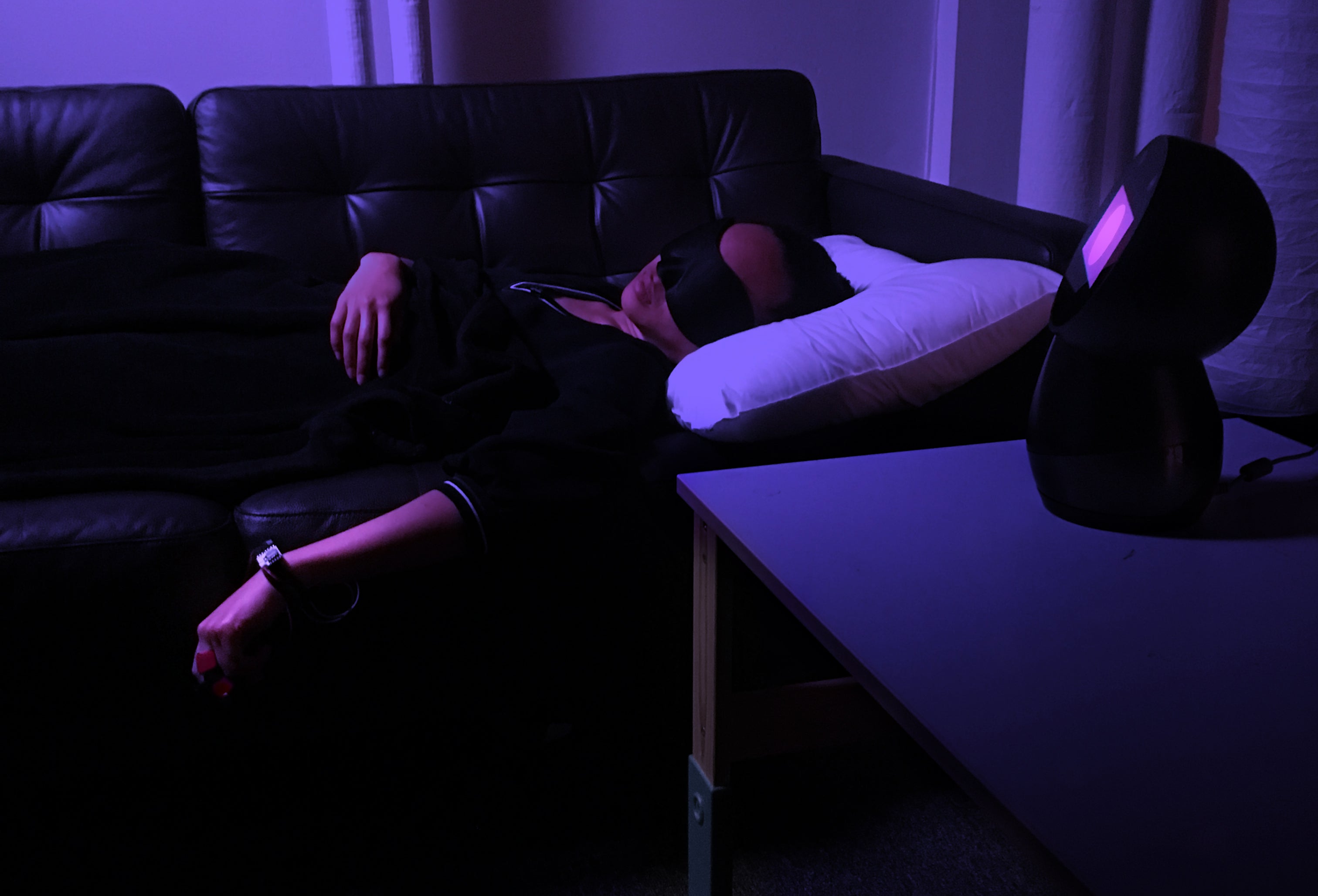Scientists develop sleep tracker that manipulates people's dreams
When participants were told to dream of a tree, one participant described following a tree’s roots, while another remembered a tree from their childhood

Your support helps us to tell the story
From reproductive rights to climate change to Big Tech, The Independent is on the ground when the story is developing. Whether it's investigating the financials of Elon Musk's pro-Trump PAC or producing our latest documentary, 'The A Word', which shines a light on the American women fighting for reproductive rights, we know how important it is to parse out the facts from the messaging.
At such a critical moment in US history, we need reporters on the ground. Your donation allows us to keep sending journalists to speak to both sides of the story.
The Independent is trusted by Americans across the entire political spectrum. And unlike many other quality news outlets, we choose not to lock Americans out of our reporting and analysis with paywalls. We believe quality journalism should be available to everyone, paid for by those who can afford it.
Your support makes all the difference.Scientists have claimed to be able to manipulate sleepers’ dreams by making them imagine certain topics, similar to lucid dreaming.
Researchers at MIT Media Lab's Fluid Interfaces used a technique called targeted dream incubation (TDI) to achieve this.
TDI uses an early sleep stage, known as hypnagogia, to consciously shape what the sleeper will dream about.
Hypnagogia - the earliest sleep stage - is similar to the REM (Rapid Eye Movement) stage in terms of brainwaves and experience, however sleepers can still hear audio during hypnagogia.
As such, subjects recorded audio prompts, including "remember to think of a tree" and "remember to observe your thoughts," and then had those suggestions played back at an appropriate time.
Using a hand-worn sleep tracker, which could detect multiple changes such as the wearer’s heart tate, electrical charges on the skin, finger movement, and more, the researchers could tell when the sleeper entered hypnagogia and could play the audio at such as time.
The sleep tracker, called Dormio, “delivers audio at the correct times, and records audio of dream reports", according to lead study author Adam Haar Horowitz.
"Simply put, people tell us whether the prompts appear in their dream," Haar Horowitz said. "Often, they are transformed — a 'tree' prompt becomes a tree-shaped car — but direct incorporation is easily identified."

According to the study, over two-thirds of subjects reports mentioned dreams that reflected the audio prompts.
One participant described following a tree’s roots, while another remembered a tree from their childhood.
However, as many of the aspects of dream manipulation are not understood, it is unclear to say how nudging a sleeper’s dreams could benefit them.
"Every benefit shown to be correlated to dreaming deserves an experiment on whether it can be causally shown to come from dreaming," Haar Horowitz said.
"This ranges from past work on nightmares and PTSD to current work on language learning in sleep, or creativity and eureka moments in dreams."
The Dormio technology was first prototyped in 2018.
Since that pilot study, a subsequent workshop was held in January 2019, in order to discuss new technologies for studying, recording, and influencing dreams.
Moreover, the new experimentation guides dreams toward particular themes “at sleep onset”, which could then allow information to be incorporated into dream content.
The results of this workshop have been used to publish a special edition on Dream Engineering for the journal Consciousness and Cognition.
“Most sleep and dream studies have so far been limited to university sleep labs and have been very expensive, as well as cumbersome, for both researchers and participants,” said professor of media arts and sciences and head of the Fluid Interfaces group Pattie Maes.
“Our research group is excited to be pioneering new, compact, and cheap technologies for studying sleep and interfacing with dreams, thereby opening up opportunities for more studies to happen and for these experiments to take place in natural settings.”
Researchers have known for decades that waking experiences can impact dreams, although it is a challenge to collect large-scale studies about such events, Dr Valdas Noreika, a Psychology lecturer at the Queen Mary University of London, told The Independent.
“Targeted dream incubation (TDI) using Dormio device is a very welcome novel technology, which enables to seed specific selected words and topics into dreams. Furthermore, Dormio allows altering dream content while sleeping at home without experimenters monitoring our sleep. As such, it provides opportunities for large-scale testing, and I am sure there are many people who would be very keen to self-experiment using Dormio at their home," he said.
“From a research perspective, I would like to see Dormio validated against standard sleep polysomnography measurements, as it was not certain in the published study whether all dream reports took place during sleep.”



Join our commenting forum
Join thought-provoking conversations, follow other Independent readers and see their replies
Comments